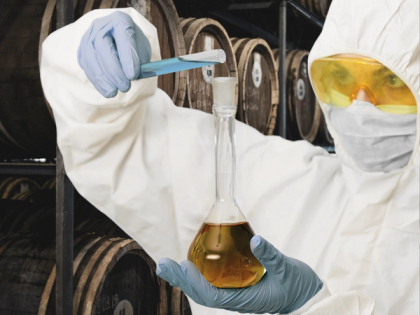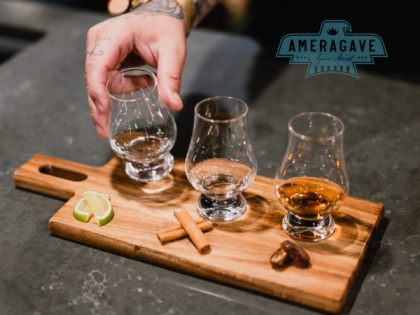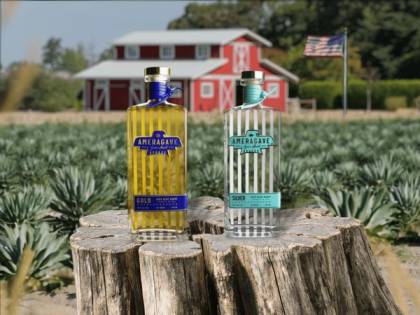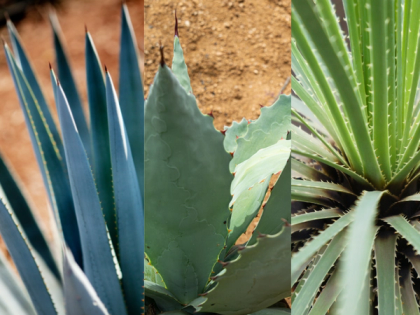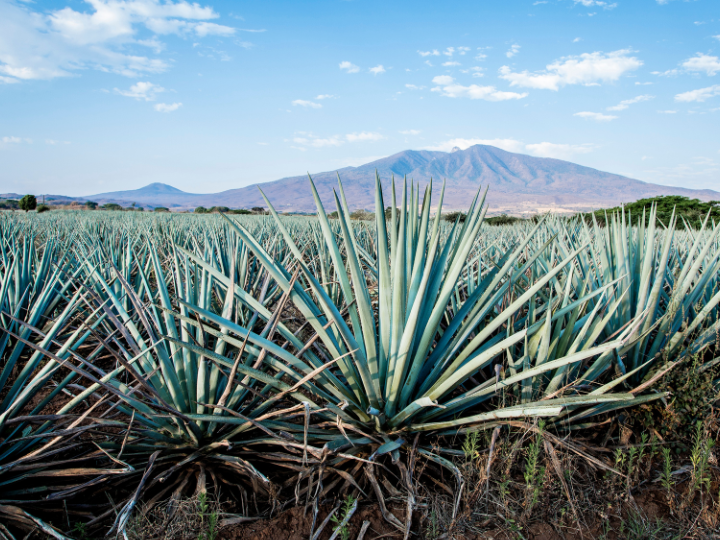
How Tequila is Made
Explore the journey of tequila from agave fields to your glass. Discover the art of tequila making in vibrant detail.
Table of Contents
- Journey to the Roots: Understanding Agave
- The Star Ingredient: Unveiling the Blue Weber Agave
- The Birth of Tequila: From Agave to Fermentable Sugars
- The Art of Fermentation: Converting Sugars to Alcohol
- The Purity in Potency: Understanding Distillation
- The First Distillation
- The Second Distillation
- Three or more?
- Distillation: Refining the Agave Juice
- Types of Tequila: Blanco, Reposado, Añejo, and More
- Blanco Tequila: The Purest Form
- Reposado Tequila: The Taste of Time
- Añejo Tequila: The Epitome of Aging
- Extra Añejo Tequilas: Beyond the Norm
- The Role of the Tequila Regulatory Council
- The Tequila Production Process: Tradition vs Modern Techniques
- The Unsung Heroes: Agave Farmers
- Beyond Tequila: Other Agave-based Spirits
- Agave Spirits: The World Beyond Tequila
- Conclusion: The Endless Possibilities of Agave
Let's embark on a journey through the agave fields of the tequila making process! Discover the art behind your favorite spirits and become a tequila connoisseur as we unravel the secrets of tequila making.
Journey to the Roots: Understanding Agave
Agave plants, particularly the Weber Blue Agave, are the heart and soul of tequila production. They are succulent plants from the lily family, contrary to common belief that they are cacti. These hardy plants thrive in the volcanic soils of the Mexican states, taking between 8 to 12 years to reach peak ripeness. The leaves are then stripped away to reveal the 'piña' or heart, which is then harvested. This is where the magic begins. The sweet juice from the agave piñas is extracted, traditionally through a process of cooking and crushing. Modern distilleries now use stainless steel autoclaves to pressure-cook the piñas, speeding up the process. Stay tuned as we dive deeper into the fascinating tequila production process.
The Star Ingredient: Unveiling the Blue Weber Agave
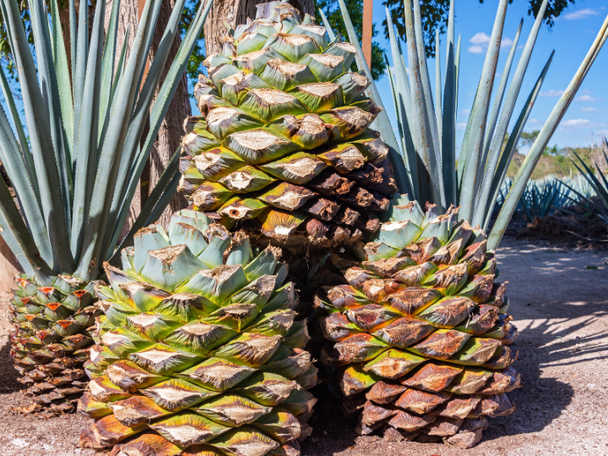
The Weber Blue Agave, often referred to as the star ingredient in the tequila production process, is a species of the agave plant that has won the heart of tequila producers worldwide. Renowned for its high sugar content, particularly fructose, this plant is integral to the unique taste profile of tequila. A mature Weber Blue Agave plant, reaching peak ripeness after about 8-12 years, is a sight to behold with its impressive size and beautiful blue-green leaves. After the harvest, the heart or 'piña' of the plant is pressure-cooked in large stainless steel autoclaves. This cooking process converts the plant's starchy core into fermentable sugars, the elemental component required for the subsequent fermentation process.
The Birth of Tequila: From Agave to Fermentable Sugars
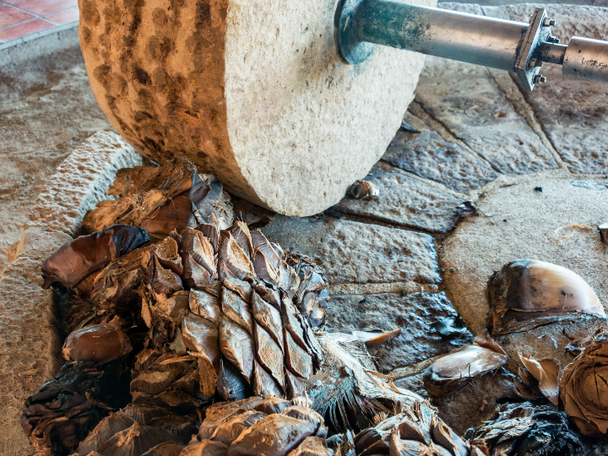
Once the agave juices have been extracted and converted into fermentable sugars, they are transferred into large fermentation tanks. Here, specific strains of yeast are introduced to initiate the fermentation process. It is during this critical stage that the sugars are transformed into alcohol, yielding a raw, somewhat cloudy liquid known as 'mosto'. This liquid, teeming with flavors and complexity, is then ready to undergo the next phase of transformation. As we end this chapter on the birth of tequila, let's raise a glass to the magic of fermentation and the wonderful mysteries it unfolds. In the next section, we'll delve into the distillation process that refines this 'mosto' into the clear, potent tequila we know and love.
The Art of Fermentation: Converting Sugars to Alcohol
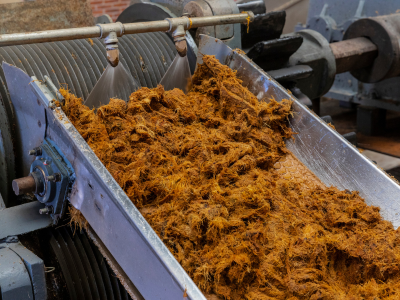
The art of fermentation is both a science and a dance, an intriguing blend of precision and rhythm. Here, the yeast cells, microscopic but mighty, work their magic, breaking down the fermentable sugars from the agave juice into ethyl alcohol. It's a fascinating process, imbued with an unpredictable nature that adds suspense to the creation of this delicious spirit. As the yeast feast on the sugars, they release gas, heat, and alcohol, giving rise to a concoction with a notably higher alcohol content. Remember, this transformation doesn't happen overnight. It demands patience and careful observation to ensure the yeast isn't stressed, which could result in unwanted flavors. As we bid adieu to the fermentation process, we step into the thrilling world of distillation, where the 'mosto' is metamorphosed into the clean, crisp tequila we all adore. So, are you ready for the next chapter in our tequila tale? Hold on to your shot glasses as we embark on the journey of turning 'mosto' into a divine distilled spirit.
The Purity in Potency: Understanding Distillation
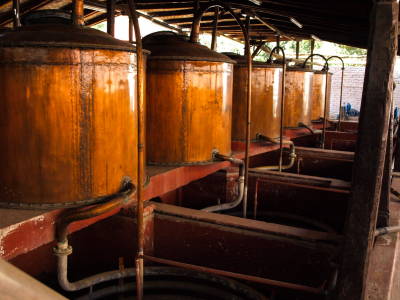
The First Distillation
The distillation process is where we get to the heart of tequila production. It's here that the fermented must is transformed into a clear, distilled spirit. The first distillation, often referred to as "destrozamiento" or "destruction", takes place in large copper or stainless steel stills. This initial run pulls out the rough alcohol and congeners that will be refined in the second distillation. The result of the first distillation is a cloudy liquid known as "ordinario", which holds an alcohol content of around 20-30%.
The Second Distillation
Just as the name suggests, the second distillation is all about refinement. It's here that the ordinario is distilled once again to increase the alcohol content and create a cleaner, smoother tequila. But it's not just about cranking up the alcohol percentage. The second distillation is where the tequila's character is truly defined. It's a delicate dance of cutting out the head and tail sections to preserve only the heart of the distillate. This is where the most desirable flavors and aromas live - the ones that make tequila, well, tequila. This careful curating of the heart cut is crucial to crafting high-quality tequila. Once the final distillation is complete, we have a potent, crystalline spirit that's almost ready for your glass - the finished tequila.
Three or more?
Surprisingly, some tequilas undergo a third or even fourth distillation to achieve an ultra-smooth and refined taste. These additional distillations not only eliminate impurities but also influence the final flavor profile. Each distillation subtly manipulates the tequila's character and complexity. While the third and fourth rounds can create a lighter and delicate spirit, they may diminish the agave flavor appreciated by tequila enthusiasts. Balancing tradition and innovation, tequila production is a meticulous craft. So, when you savor a glass, appreciate the mastery behind every sip.
Distillation: Refining the Agave Juice
So far, we've taken a journey through the fascinating process behind tequila production, highlighting the intricate steps involved in crafting this beloved spirit. We've explored everything from the harvesting of the blue agave plant, the extraction of fermentable sugars, all the way to the distillation process where the heart of the spirit is meticulously curated. We've also delved into the potential additional rounds of distillation undertaken by some manufacturers, aiming for an ultra-smooth finish while retaining that robust agave flavor that tequila lovers crave.
Now, it's time to explore the different types of tequila, which vary based on their aging process. From the clear and vibrant blanco tequilas to the aged and complex añejo tequilas, each imparts a unique flavor profile sure to delight the palate. Let's venture further into this vibrant world of tequila diversity.
Types of Tequila: Blanco, Reposado, Añejo, and More

Blanco Tequila: The Purest Form
Blanco tequila, or 'Silver Tequila', is the purest form of this agave-based spirit. It is made from the juices of the Weber blue agave plant, freshly distilled, and then bottled without aging. This process gives it a clear appearance and a pure, robust agave flavor. Blanco Tequila is often referred to as the truest expression of the agave's taste, as it's not influenced by any oak extract or aging process. Ameragave's Silver is a prime example of this purity, capturing the raw essence of the blue agave plant, offering a crisp and fresh take on this traditional spirit. Its vibrant flavor makes it an excellent choice for sipping or mixing in cocktails, offering a versatile experience for all tequila enthusiasts.
Reposado Tequila: The Taste of Time
Reposado Tequila, or 'Rested Tequila', is aged in oak barrels for at least two months, but no longer than a year. This aging process imparts a golden hue to the liquid and enriches it with mild flavors of the wood, complementing the vibrant agave notes. Reposado Tequilas strike a balance between the freshness of Blanco and the complexity of aged tequilas, offering a rounded and nuanced flavor profile.
Añejo Tequila: The Epitome of Aging
Añejo Tequila, or 'Aged Tequila', symbolizes patience and tradition. It's aged in white oak barrels for 1-3 years, absorbing rich flavors and gaining a dark amber color. With notes of caramel, vanilla, and honey complementing agave's natural sweetness. Next, we'll explore Extra Añejo Tequilas, the finest aged spirits.
Extra Añejo Tequilas: Beyond the Norm
Extra Añejo Tequilas, also known as 'Ultra Aged Tequilas', represent the pinnacle of the tequila aging process. These spirits are aged for a minimum of three years, nestled within oak barrels, which bestow upon the tequila an even richer, darker hue and an incredibly complex flavor profile. Ameragave's Gold perfectly embodies this sensation, with its soft sweetness and rich oakiness adding depth to the tequila's character. Ideal for sipping or mixing, Ameragave's Gold is akin to a fine whiskey, with each sip revealing layered depths of flavor and a smoothness that makes it a standout choice among aficionados. Its warm, rich flavors and golden color are a testament to the care and time invested in its production.
The Role of the Tequila Regulatory Council

The Tequila Regulatory Council, or "Consejo Regulador del Tequila," oversees all aspects of tequila production to maintain its authenticity and quality. They regulate the cultivation of Weber Blue Agave plants, the bottling process, and ensure adherence to traditional methods. Their stringent regulations are essential for spirits produced within specified Mexican states to be called 'Tequila'. Ameragave, an American agave spirit, upholds high production standards, bringing an authentic experience to your glass.
The Tequila Production Process: Tradition vs Modern Techniques
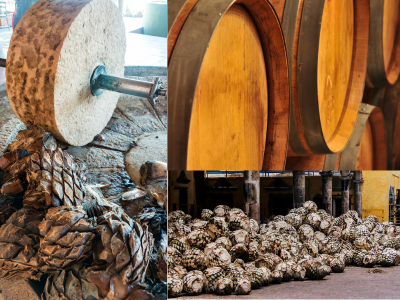
Tequila's vibrant notes are a result of centuries-old practices passed down through generations of producers. This traditional method involves harvesting ripe Weber Blue Agave plants, cooking the agave hearts in stone ovens, and extracting the sweet agave juice using a large stone wheel. The juice is then fermented and distilled. Aged tequilas like reposado and añejo mature in oak barrels, adding complexity to their flavor.
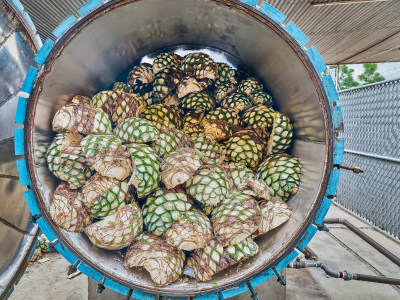
In contrast, modern tequila production incorporates cutting-edge technology for efficiency. Harvested agave is cooked in stainless steel autoclaves, juice extraction is done mechanically, and fermentation occurs in large tanks. Aging still takes place in oak barrels, but some distilleries use oak extract to speed up the process. Ameragave, however, is an additive-free spirit, using only agave, yeast, water, and new American Oak for maturing our Gold variant.
Both methods contribute significantly to the tequila industry. Traditional production preserves the rustic charm, authenticity, and deep flavors. Modern techniques allow for a consistent product, higher volumes, and a cleaner, smoother profile. At Ameragave, we blend both worlds, combining traditional distillation with modern innovation to create a unique and palatable spirit, ensuring every sip is an experience to be savored.
The Unsung Heroes: Agave Farmers
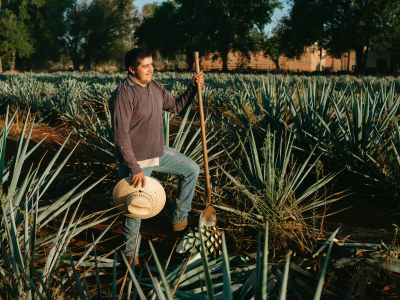
The agave fields stretching across Mexico are the lifeblood of the tequila industry. Jimadors, the unsung heroes, nurture these plants for years under the hot sun. Harvested by hand using a coa, the agave hearts are cooked, crushed, and fermented to create tequila.
Tequila producers oversee the cooking process, transforming the raw sap into fermentable sugars. Distilleries use autoclaves or traditional stone and brick ovens. The sweet juice is then fermented, distilled, and aged to produce the beloved tequila.
Beyond Tequila: Other Agave-based Spirits
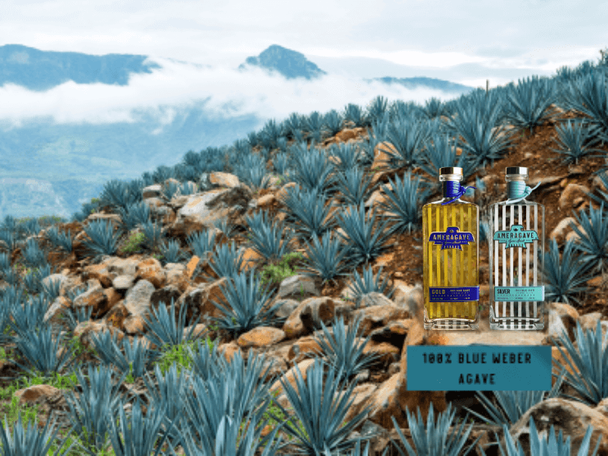
While tequila certainly holds the spotlight, the agave spirits family has more members to be celebrated. For instance, Mezcal, often mistaken for tequila, offers a distinctive smoky flavor due to the unique method of cooking the agave in pit ovens. This spirit can be made from over 30 types of agave, thus providing a wide spectrum of flavors. Similarly, Sotol, distilled from the Desert Spoon plant, brings forth earthy, grassy flavors with a hint of citrus. Even though it's not technically an agave spirit, its production process and flavor profile make it a worthy sibling in the agave spirits family. At Ameragave, we're proud of our American Agave Spirits, crafted using the Blue Weber Agave. Our Silver spirit stands shoulder to shoulder with premium blanco tequilas while our Gold spirit offers an experience as rich as any top-shelf extra añejo. In the world of agave spirits, there's always something new to discover!
Agave Spirits: The World Beyond Tequila
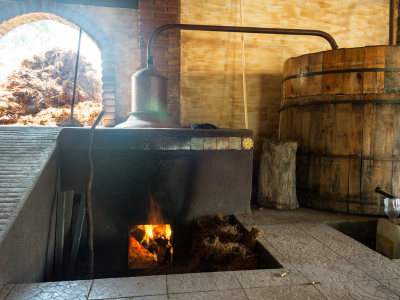
A venture into the world of agave spirits offers a fascinating journey, introducing you to a variety of flavors, aromas, and experiences that extend well beyond the traditional confines of tequila. Whether you're savoring the clean, crisp taste of our Silver spirit or indulging in the refined complexity of our Gold variant, Ameragave’s Agave Spirits provide a unique and enjoyable exploration into the world of agave-based libations. With each sip, you are not merely tasting a spirit, but appreciating a slice of history and a labor of love, a testament to the rich heritage and vibrant culture that gave birth to this unique beverage.
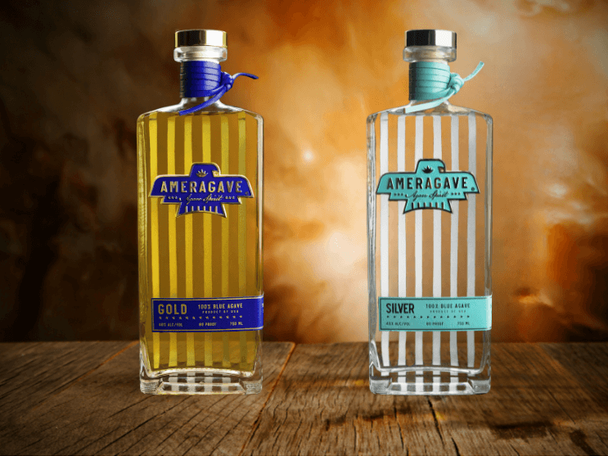
Conclusion: The Endless Possibilities of Agave
In the realm of spirits, agave reigns supreme with its remarkable versatility and breadth of flavors. As connoisseurs at Ameragave, we're no stranger to the delightful dance of the Blue Weber Agave on your palate, whether it's the pristine, crystalline notes of our Silver variant or the rich, smooth symphony of our Gold spirit. But the world of Agave presents an endless tapestry of taste possibilities, each agave plant, each unique geographical terrain, each nuanced production process adding to the divine complexity of the final product.
FAQ
How is Tequila Made?
+
Tequila production begins with the heart of the agave plant, known as the piña, which is harvested and then cooked to convert its starches into sugars. After cooking, the piña is crushed to extract the agave juice, which is then fermented and distilled. This meticulous process yields the pure essence of agave, which can be bottled as is for a blanco tequila or aged in oak barrels to create reposado, añejo, or extra añejo varieties.
What Sets Ameragave Apart?
+
Ameragave prides itself on crafting agave spirits that honor tradition and embraces innovation. Our spirits are produced using only the finest Blue Weber Agave from rich soils, ensuring a premium product. We are committed to maintaining purity in our production, which means our agave spirits are completely additive-free. This dedication to quality and authenticity is what makes Ameragave a standout in the world of agave spirits, delivering a taste that's both refined and unadulterated.
Is Ameragave Tequila Additive-Free?
+
Yes, absolutely. At Ameragave, we believe in the natural beauty and flavor of the agave plant. Our distillation process is carefully designed to preserve the pure essence of agave, without the need for any additives. This commitment ensures each bottle of Ameragave tequila offers an authentic, clean, and vibrant taste experience, allowing the natural complexity of the agave to shine through.
Subscribe to our Newsletter
Invisible placeholder to eliminate layout shift


